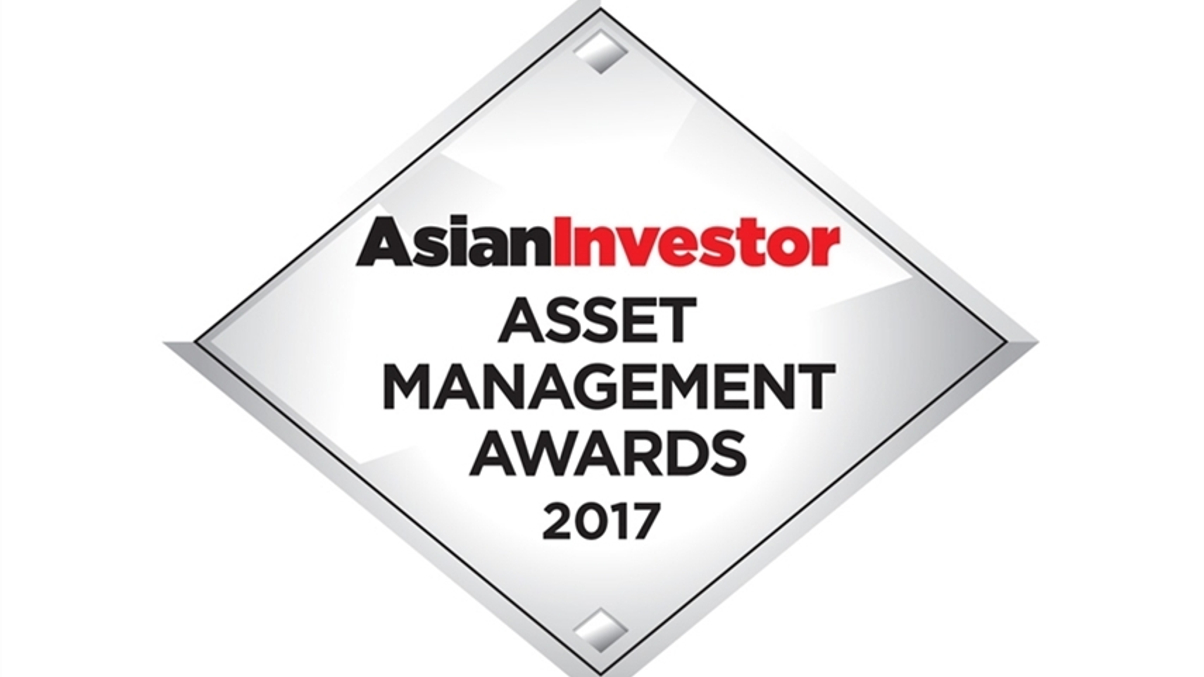award
JP Morgan bond fund shines, UBS top dog in wealth
We outline why UBS still reigns as the region's pre-eminent private bank and JP Morgan Asset Management's Asian Total Return Bond Fund was our retail product of the year.

In April, AsianInvestor revealed the winners of its annual Asset Management Awards. The biggest prizes are the Marquee Awards, which go to the leading institutions across key areas of the investment industry.
Sign In to Your Account
Access Exclusive AsianInvestor Content!
Please sign in to your subscription to unlock full access to our premium AI resources.
Free Registration & 7-Day Trial
Register now to enjoy a 7-day free trial—no registration fees required. Click the link to get started.
Note: This free trial is a one-time offer.
¬ Haymarket Media Limited. All rights reserved.


